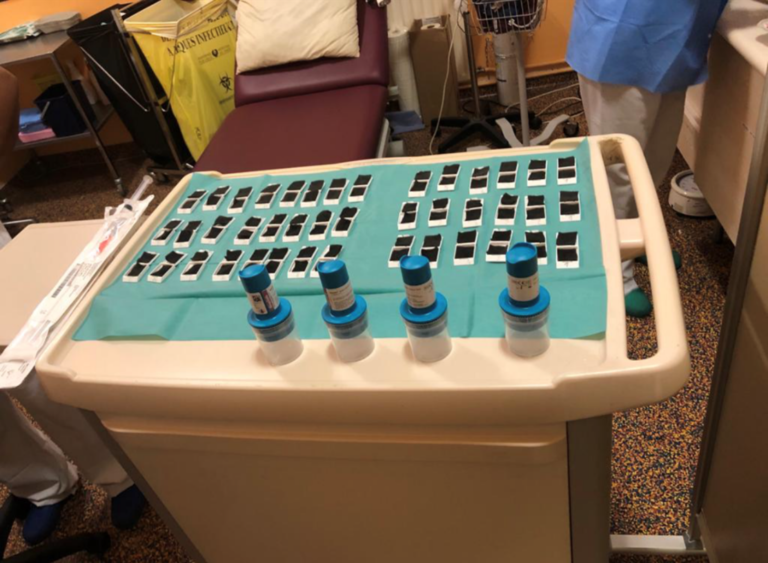5 reasons why you should consider using cassettes for your specimens
Millions of biopsies are handled in hospitals and clinics every day. Most specimens are placed directly into containers and sent to the lab for processing.
This article will explain five reasons why you should consider using cassettes for your specimens and how it will improve your service to patients and the workflows in your department.
Loss of samples:
Every specimen sent to the lab is critical for comprehensive diagnosis and patient outcomes. However, in some cases, specimens can be lost in transit on the way to the laboratory. This is mainly when very small specimens are present in fields such as urology or gastroenterology.
By using cassettes, you can secure all specimens eliminating the risk of the laboratory telling you an empty pot was received and no specimen was located.
Multiple samples per container:
In today’s environment, sustainability is a critical dialogue and is constantly in conversations around healthcare. However, no initiative must impact patient care.
Cassettes allow you to reduce the number of histology pots you use in your department. By using cassettes, multiple specimens can be placed into the same container, knowing that all specimens will be analysed and nothing will be missed.
Retrieval of samples from biopsy devices:
Many nurses or consultants use the liquid in a pre-filled histology container to help retrieve samples from core biopsy needles, biopsy forceps or other devices. This is often done by dipping the device into the formalin and swirling it around to release the specimen. This practice brings formalin into direct contact with the device, which may be reused for subsequent specimen retrieval.
Biopsy cassettes provide a safe alternative to this practice allowing retrieval of the specimen without any contact with the carcinogenic substance of formalin
Set-up time and space:
In high-use applications such as gastroenterology and urology, setup of specimen containers before procedures is a significant task taking up both time and space. Containers are commonly prepared by being set up in rows with the lids removed and ready for the samples. This dramatically increases the risk of formalin spillage with a container being knocked over and vapour exposure from the pots remaining open during the procedure.
Cassettes provide an opportunity to set up for a procedure without any risk of spilling or inhaling formalin. Below is an image of a European department that uses cassettes for their specimens.
Set-up time and space:
In high-use applications such as gastroenterology and urology, setup of specimen containers before procedures is a significant task taking up both time and space. Containers are commonly prepared by being set up in rows with the lids removed and ready for the samples. This dramatically increases the risk of formalin spillage with a container being knocked over and vapour exposure from the pots remaining open during the procedure.
Cassettes provide an opportunity to set up for a procedure without any risk of spilling or inhaling formalin. Below is an image of a European department that uses cassettes for their specimens.

Improved traceability on biopsy location:
The use of cassettes gives an opportunity to improve the traceability of biopsy location. In addition, each cassette can be coded and referenced to the documentation on specimens allowing for accuracy in diagnosis.
So, there are five reasons why you should consider using cassettes for your specimen processing. If you would like to investigate the opportunities for your department or trial cassettes, please reach out to the team here at Hallmark Surgical.
